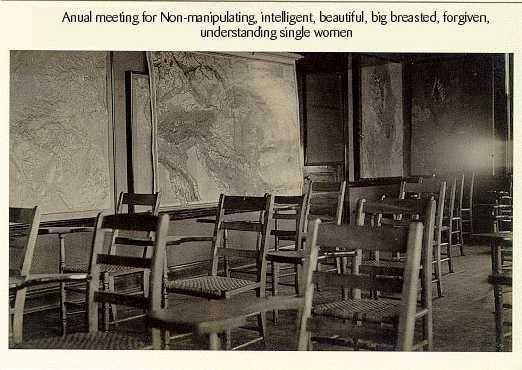See other Miscellaneous Articles
Title: Men who buy sex tend to commit more crimes: study
Source:
China Daily
URL Source: [None]
Published: Jul 22, 2011
Author: staff
Post Date: 2011-07-22 02:53:16 by Tatarewicz
Keywords: None
Views: 195
Comments: 7
Men who pay for sex are more likely than non-buyers to commit a variety of offenses, including violent crimes against women, according to research conducted in the Boston area. The study was based on face-to-face interviews with 202 men conducted by the non-profit group Prostitution Research and Education and led by Melissa Farley, a clinical psychologist and anti-prostitution activist. Buyers and non-buyers of commercial sex from the Boston area were paired by age, education and ethnicity to compare their perceptions of women, after voluntarily joining a research study. Men who paid for sex were more likely to report having committed felonies and misdemeanors, including crimes related to violence against women and those related to substance abuse, assault and weapons. The buyers and non-buyers agreed that the most effective deterrent to buying sex would be to be placed on a list of men described as sex offenders. Jail time was also considered an effective deterrent. The study was designed, among other things, to test attitudes of men who buy sex. It found that as a group, they share certain attitudes and behavioral tendencies different from their non-buying peers. For example, significantly fewer sex buyers, 47 percent against 70 percent, reported that they were taught about respect for women in sex education classes. Almost three in four of the sex buyers reported they learned about sex from pornography, whereas only 54 percent of the non-buyers did so. The two groups also held significantly different attitudes regarding whether prostitution was consenting sex or exploitation. Men who bought sex were significantly less empathetic toward women working as prostitutes. Two thirds of both groups concluded most women prostitutes had been lured, tricked or trafficked into the work. But sex buyers "seemed to justify their involvement in the sex industry by stating their belief ... that women in prostitution were intrinsically different from non-prostituting women," the study's authors said. Sex buyers often commented that they liked the power relationship intrinsic to prostitution. The majority of both groups -- 61 percent of sex buyers and 70 percent of non-buyers -- currently had a wife or girlfriend. The were recruited using an advertisement in a local free daily newspaper.
Post Comment Private Reply Ignore Thread
Top • Page Up • Full Thread • Page Down • Bottom/Latest
#1. To: Tatarewicz (#0)
Bullshit ... I call bullshit because no matter how much you wish it weren't true ---- "ALL" men buy sex whether from a hooker or their wife/girlfriend. There's always a price to pay and often times the legitimate method is the most expensive.
"Government is the great fiction through which everybody endeavors to live at the expense of everybody else." Frederic Bastiat
Men are not the only ones who buy sex. Women buy sex and many of them are domestic abusers of men and substance abusers. This article is a perfect example of a slant against men and I question the author's real agenda on this. They need to do some more research before they start our bashing men.
ROTFLMAO......I knew it was you before I even saw the screen name!
oops !
"Government is the great fiction through which everybody endeavors to live at the expense of everybody else." Frederic Bastiat
Ha ! I hope I haven't offended anyone !
"Government is the great fiction through which everybody endeavors to live at the expense of everybody else." Frederic Bastiat
ping
free and legal online poker site click here
#2. To: Tatarewicz (#0)
#3. To: noone222 (#1)
Bullshit ... I call bullshit because no matter how much you wish it weren't true ---- "ALL" men buy sex whether from a hooker or their wife/girlfriend. There's always a price to pay and often times the legitimate method is the most expensive.
#4. To: alteredreality (#3)
ROTFLMAO......I knew it was you before I even saw the screen name!
#5. To: noone222 (#1)
"ALL" men buy sex whether from a hooker or their wife/girlfriend.


-Schweizerische Schuetzenzeitung (Swiss Shooting Federation) April, 1941
#6. To: X-15 (#5)

#7. To: Tatarewicz, *libertarians* (#0)
Top • Page Up • Full Thread • Page Down • Bottom/Latest